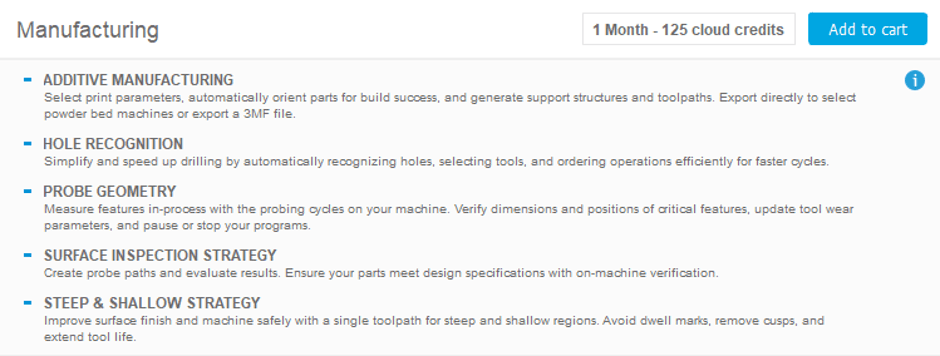While Cloud Credits can be used across a range of functions in Autodesk software, the most common uses are Rendering, Simulation, Tool paths, and Generative Design.
Rendering enables users the chance to create solar studies of your model in various environments, as well as panoramas and images that are photorealistic.
These would usually take longer if you have an intricate model. Using cloud credits for this gives you access to Autodesk’s render servers which you can use to get the perfect image of your design without depending on the processing power of your computer.
The amount of credits needed will depend on the detail required and the quality of the render. You will be informed of the cost before generating the render though.
Simulation, or Finite Element Analysis (FEA), gives you the ability to conduct studies on your parts.
By adding loads and constraints, it simulates stress levels across the part based on the material, helping you visualise the points needing strengthening.
You can review the results and make the required changes to your parts, which helps save time and money creating prototypes to test.
This is available in Fusion 360 at the cost of 5 cloud credits for basic studies, 15 credits for Structural Buckling, and 25 credits for Nonlinear Static Stress.

Tool paths in Inventor CAM and Fusion 360, allow you to generate CNC tools paths which you can export for various CNC machines and setups.
All the basic tooling strategies are available to use within basic Fusion and Inventor CAM, and Autodesk are starting to create new strategies that you can make use of with your cloud credits. In Fusion you can get access to these additional strategies for a month for 125 credits.

Generative Design is Autodesk’s new feature which they have added for people to integrate into their design process, which in combination with FEA will enable designers to create their products with the greatest strength and the least amount of material possible.
This is a crucial part of making parts lighter and more efficient.
You will need 25 credits for a general outcome of a study, and then a further 100 credits to import the STL or SAT file for you to edit or import into your workspace. It is then yours to do what you want with.

For more information on this blog post or if you have any other questions/requirements, please complete the below form:
